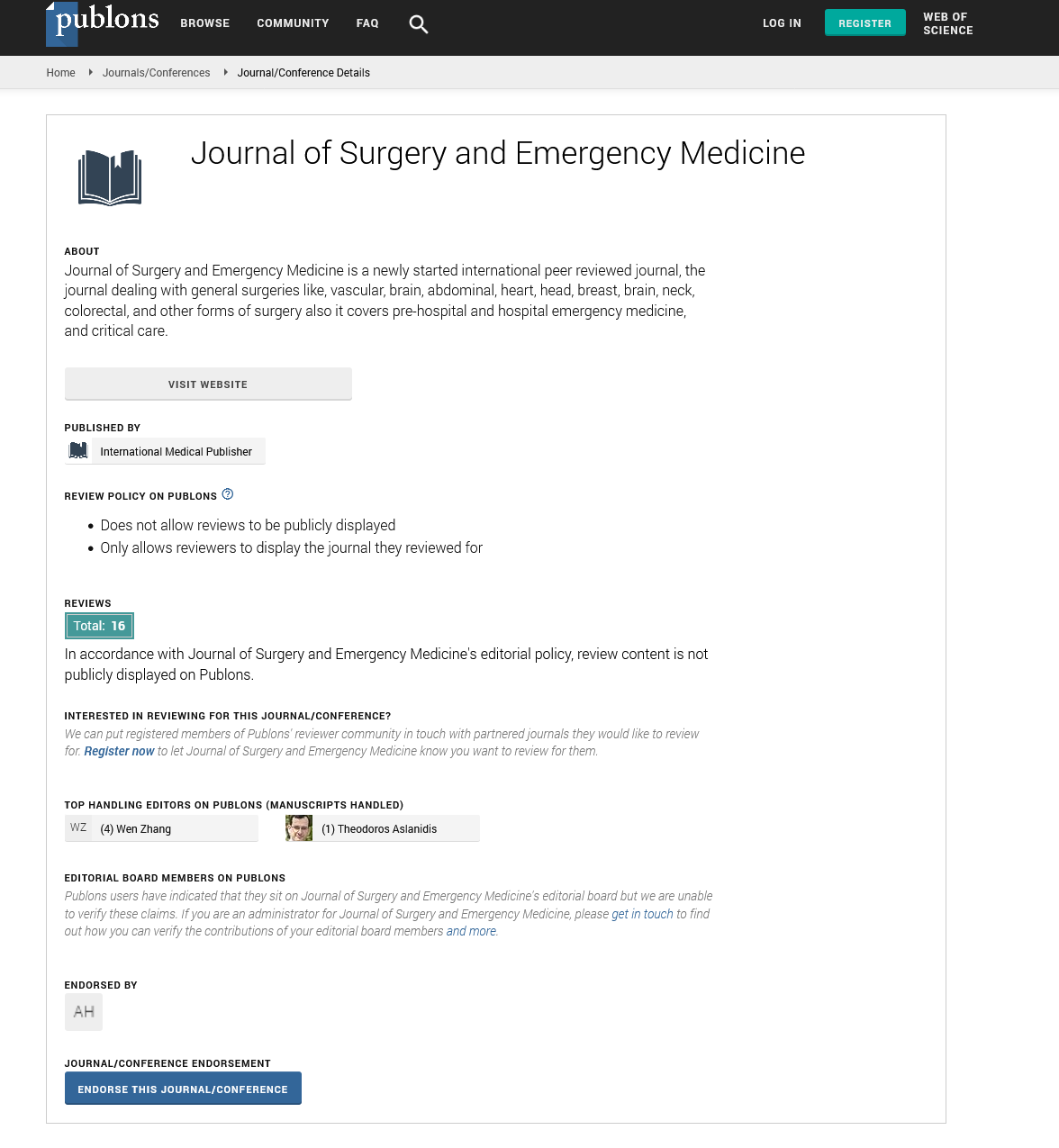Abstract
Influence of Anticoagulant Drugs on the Occurrence of Chronic Subdural Hematoma
Introduction: The chronic subdural hematomas (HSCH) usually occur as a result of minor trauma with older people. However, it has been noted that there is an increase in the number of patients with chronic subdural hematoma who were on a regular anticoagulant therapy. To show that a use of anticoagulant drugs of the older generation in a much higher percentage leads to the appearance of HSCH due to the difficulty of controlling the INR and drug overdose. Methods: The research has been conducted on the Department of Neurosurgery, in Clinical Center Nis in the period from January 2010 until December 2015. Results: The largest number of these patients was 24.71% at anticoagulant therapy and belonged to the age group of 51 to 60 years. In 37.07% of cases, patients who were treated with anticoagulant therapy had INR values in the normal range, while 35.95% of them had INR over third. In 19 patients we have the fatalities occurred and all of them were on anticoagulant therapy for older generation. Conclusion: Wide application anticoagulant therapy, as in protective and therapeutic purposes tip to the frequent occurrence of HSCH. Irregular appropriate use of anticoagulant therapy, overuse of long words, anticoagulant iholder generation of drugs leads to an increased incidence of HSCH. The use of anticoagulant therapy of new generation is preferred because it does not require frequent laboratory analyses. Monitoring INRa.
Author(s): Vesna Nikolov, Aleksandar Kostic, Misa Radisavljevic, Boban Jelenkovic and Predrag Milosevic
Abstract | Full-Text | PDF
Share This Article
Google Scholar citation report
Citations : 131
Journal of Surgery and Emergency Medicine received 131 citations as per Google Scholar report
Journal of Surgery and Emergency Medicine peer review process verified at publons
Abstracted/Indexed in
- Google Scholar
- Publons
Open Access Journals
- Aquaculture & Veterinary Science
- Chemistry & Chemical Sciences
- Clinical Sciences
- Engineering
- General Science
- Genetics & Molecular Biology
- Health Care & Nursing
- Immunology & Microbiology
- Materials Science
- Mathematics & Physics
- Medical Sciences
- Neurology & Psychiatry
- Oncology & Cancer Science
- Pharmaceutical Sciences
